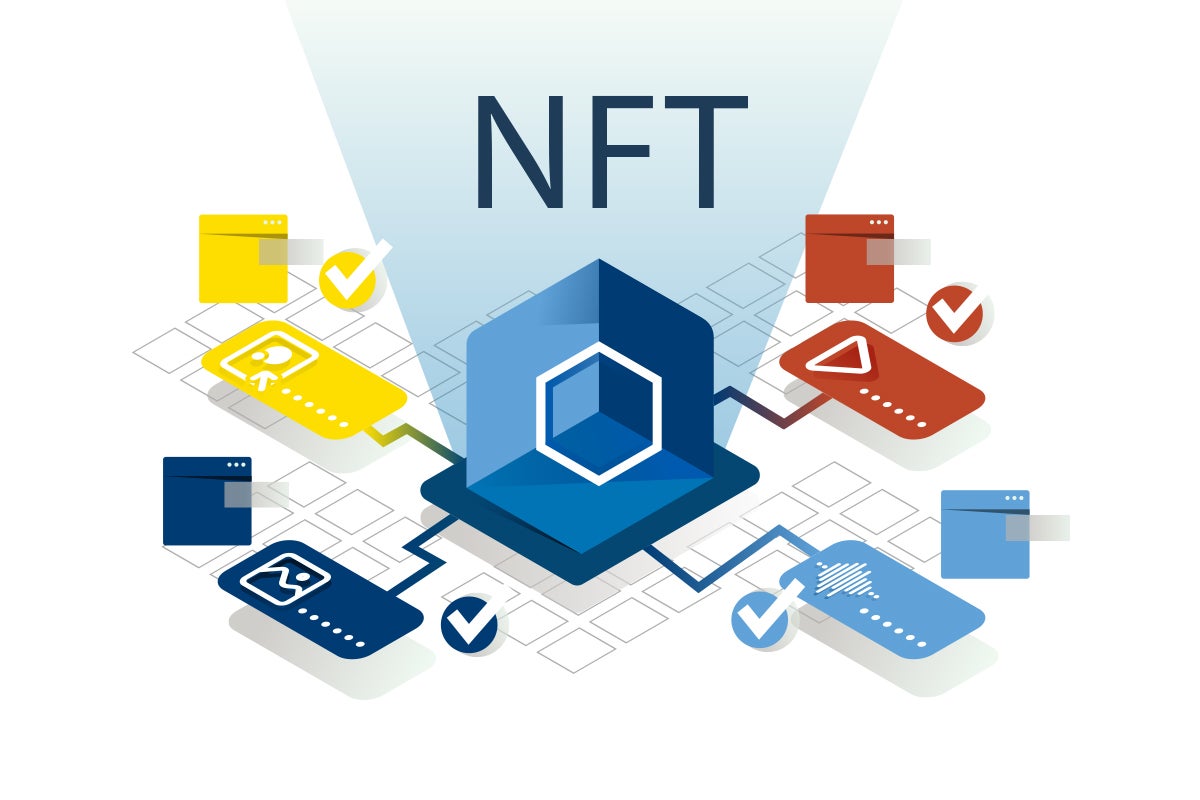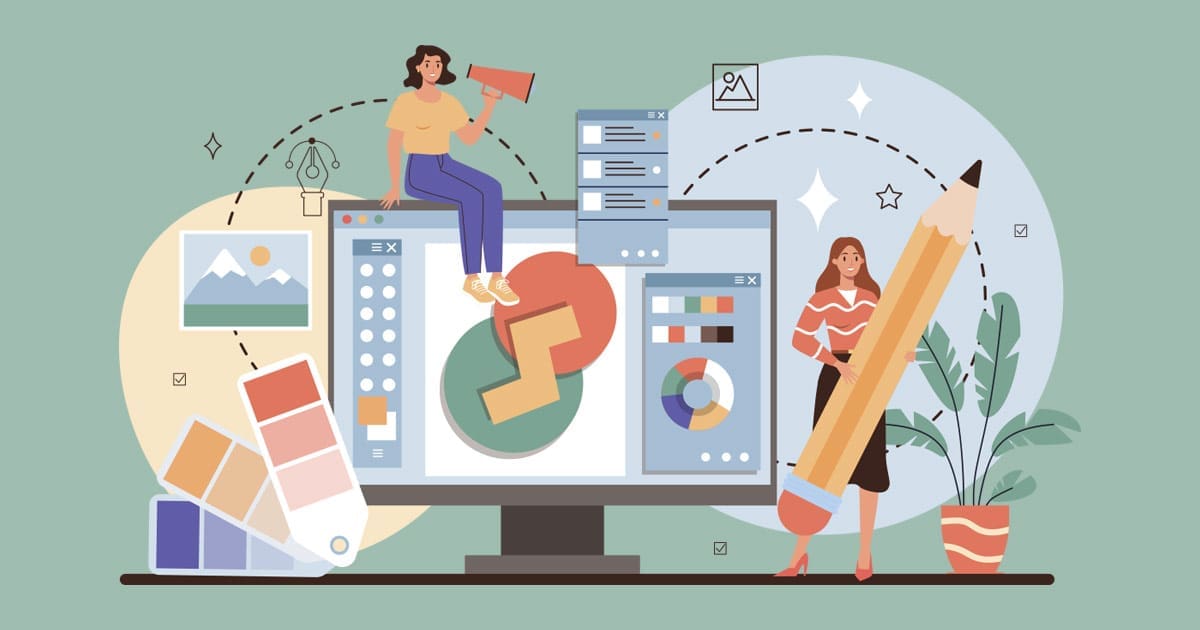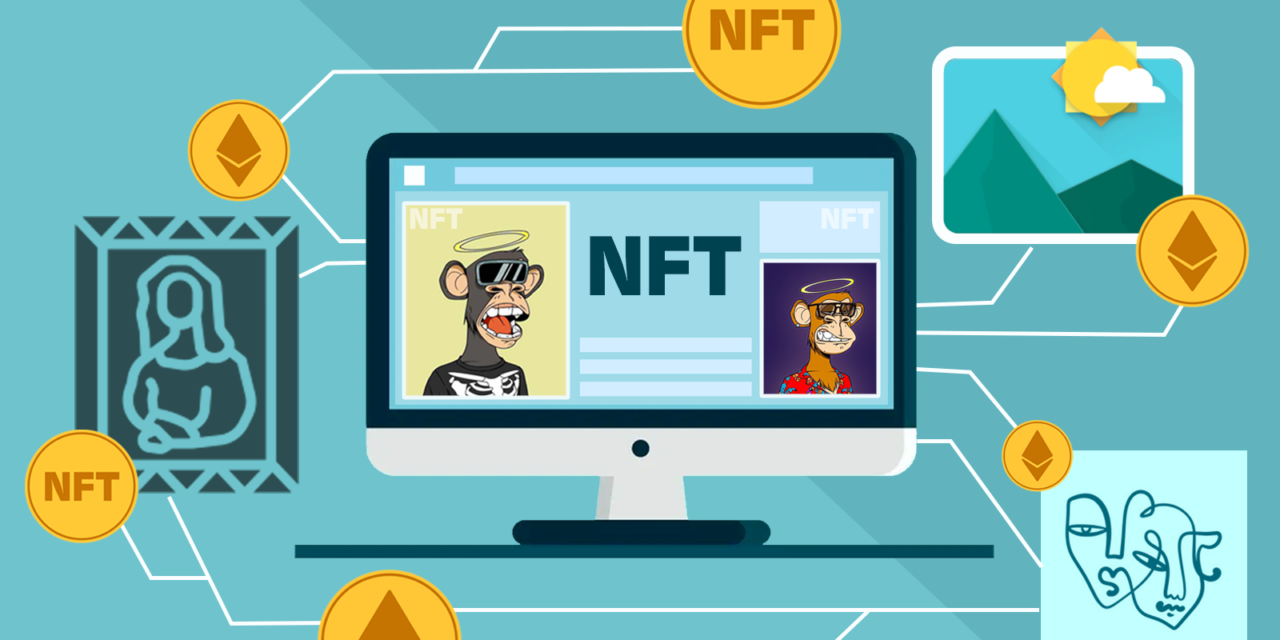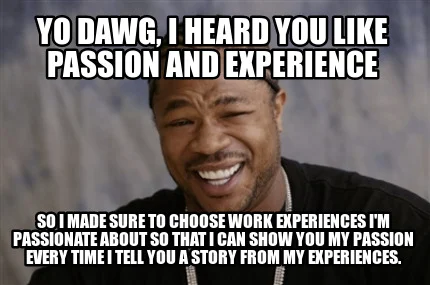How Digital Arts and NFTs are Taking Over
Non-fungible tokens, or NFTs, have recently grown into popularity among various technological and internet-based industries. NFTs allow users of any category to have a type of digital tag that provides specific ownership of the token to the buyer.
Those in NFT focused spaces are constantly looking for new varieties and NFTs to purchase ownership of. Without surprise to many, NFT owners are now looking towards high quality digital art to purchase ownership of. At first glance, this may seem like a wonderful opportunity for digital artists of all types. Regardless of one’s style, there is likely someone out there who is pro-NFT and would pay good money to have ownership and provenance of a piece.
Unfortunately, the benefits of NFTs do not come without a price. Despite the huge possible profit, many digital artists are hesitant to create NFTs out of their work. So why would these artists turn down such large sums of potential profit?

A large primary concern and argument against NFTs are the huge environmental negative side effects from them. Many NFT platforms rely heavily on energy intensive blockchain networks, which actively run all day, everyday, and are a massive contribution to carbon emissions. Currently NFT networks are working on more energy efficient blockchains, yet their date of completions are yet to be known.
Additionally, similar to cryptocurrency, the NFT market can be incredibly volatile and inconsistent. While the potential for Digital Artists to make large profit with selling their work as NFTs, it is still speculative. For artists preferring a more stable source of income, the NFT market is likely not for them.
Lastly but still just as important, there is a massive lack of regulation in the NFT market. As it’s still in its early stages, the lack of regulation can open way to possible fraud and scams. As digital artists are the ones putting their time and effort into creating pieces, they are likely to be victim of said scams.
The Glass is Half Full, not Half Empty

While the negatives of NFT digital art are high, there are still some positives, enough for some artists to consider being pro-NFT. As NFTs are a popular worldwide market, an artist creating NFTs gives them incredibly high outreach. As NFT consumers are practically an entirely new community, an artist being pro-NFT means that their work is likely to reach even more viewers. Even if these viewers don’t have the intention of purchasing a NFT from the artist, they might adore their work enough to commission them for traditional art pieces!
Non-fungible tokens are still an evolving market and concept that do have a potentially bright future. While their currents cons may outweigh their pros, NFTs are a technological revolution. And like all things technological, they can only improve in efficiency and effectiveness.
As time goes on, artists will become more knowledgeable of NFTs. Allowing them to mitigate the drawbacks while optimizing and embracing the benefits. NFTs hold potential to drastically change not just the art world, but the internet forever. And only time will tell how greatly or poorly they will evolve.








